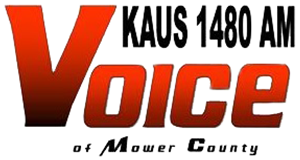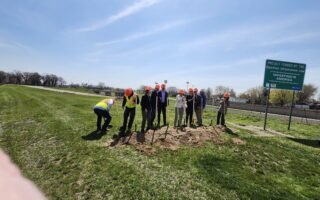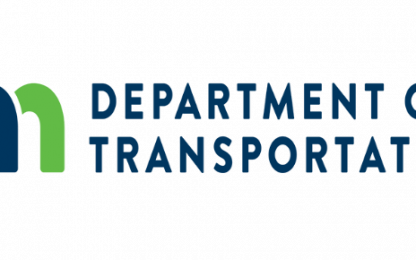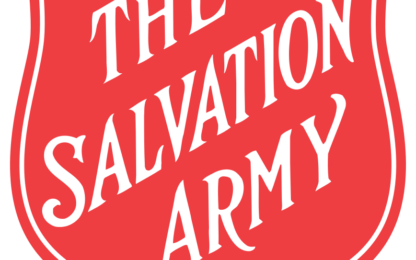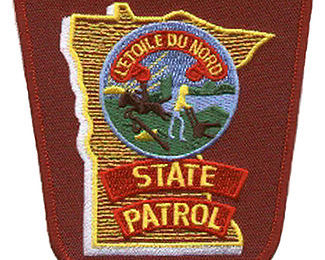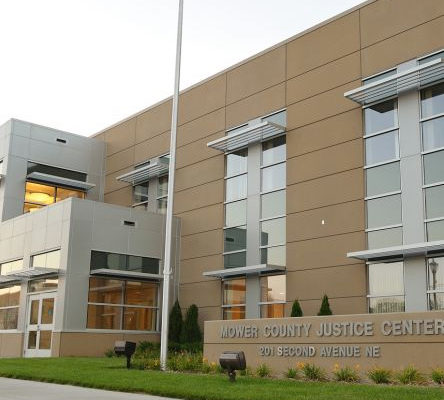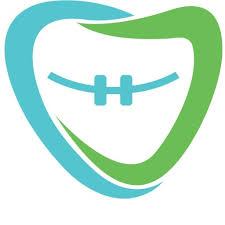MnDOT Hwy 14 dedicated deer crossing aimed at reducing collisions with vehicles
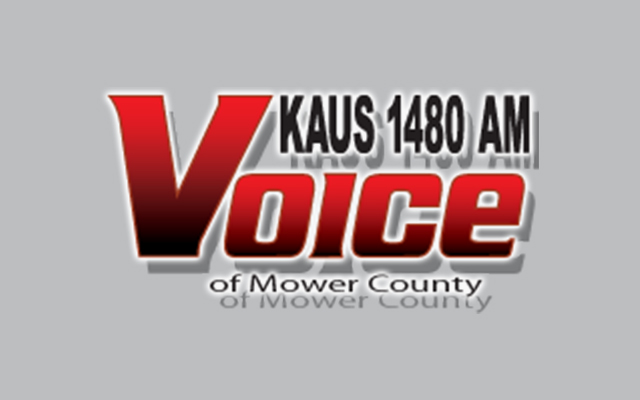
Minnesota’s newest deer crossing underpass structure was recently installed as part of the Hwy 14 expansion project between Dodge Center and Owatonna, according to the Minnesota Department of Transportation
MnDOT has been working with the Minnesota Department of Natural Resources on designs for animal crossings for more than 15 years. This latest design is the enlargement of a culvert needed for drainage to a size that is considered large enough for deer use. As deer begin to use the culvert under the highway, it will reduce the possibility of vehicle-deer collisions along this stretch of Hwy 14 southeast of Claremont in Dodge County.
The crossing is a box culvert connection from one side of the four-lane highway to the other side. The box culvert is 10-feet tall, 9-feet wide. It’s just over 200 feet long. The Hwy 14 expansion project is expected to be completed in 2022, possibly with traffic on the new four-lane route in late 2021 or into 2022.
The crossing portion is a small part of the overall 12.5-mile expansion of the highway from two lanes to four lanes and movement of the highway about a mile south of the current route. The deer crossing location relied on deer movement data and known migration routes provided by the Minnesota Department of Natural Resources to prioritize the underpass location.
MnDOT’s animal-friendly modifications into typical bridge and culvert designs over the past 15 years allow a variety of animals to move along riverbanks under the road, rather instead of only having the option to cross the road. However, the Hwy 14 structure is the first large culvert designed primarily to accommodate deer.
The final location for the deer crossing structure was selected based on constraints associated with the roadway profile. This site was chosen by field observations of deer movement at locations for a drainage system under the new alignment. At certain times of the year flood events are expected to move water through the structure.
DNR Area Wildlife Manager Jeanine Vorland has called attention to the north-south movement across Hwy 14 between Owatonna and Dodge Center. During the spring, and summer, deer use most of the landscape, including moving to other seasonal habitat areas on the north side of the highway. In the winter, deer are in the wooded ravines of the Dodge Center Creek watershed. Hwy 14 separates the two areas where they need to cross seasonally.
Much has been learned regarding wildlife crossing structures in the United States, Canada and elsewhere.
It holds the potential to divert deer from crossing over the highway by choosing a path under, which, over time, can result in greater safety for motorists and wildlife.
MnDOT frequently modifies bridges and culverts to improve the potential use for wildlife to travel under the highway, but this is the first structure designed primarily as a deer crossing. The most common wildlife crossing structure is incorporated into bridge rip rap. It’s called a passage bench and has been built in to almost all MnDOT bridge replacements over water for the past dozen years.
The nearby Hwy 14 bridge over Dodge Center Creek that was constructed during the Dodge Center bypass phase was modified several years ago to help address wildlife passage and other wildlife concerns.
The box culvert that was installed for this wildlife crossing on the Hwy 14 project was $219,000. Overall, the Hwy 14 construction project is about $108 million.
The project is expanding 12.5 miles of Hwy 14 from two lanes to four lanes between Dodge Center and Owatonna to complete a continuous four-lane road between Mankato and Rochester. The project is intended to improve the capacity, safety, travel times and access between Rochester and Owatonna, as well as the I-35 corridor. The expansion area is a new route for Hwy 14, which will stay south of the railroad tracks on the west side of the project, travel south of Claremont and connect where the four-lane highway is west of Dodge Center.
